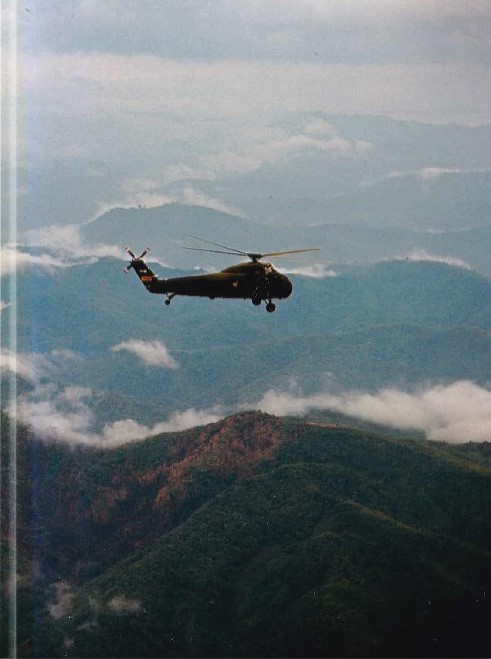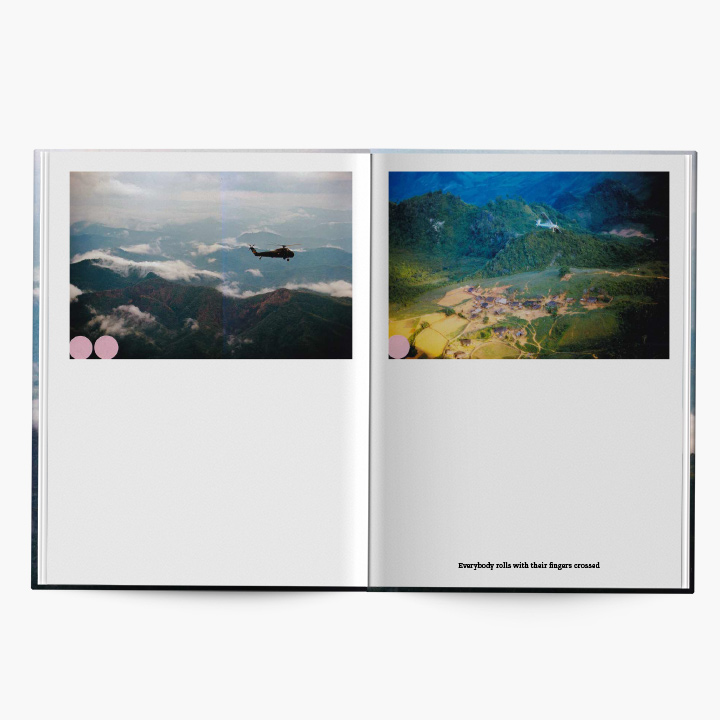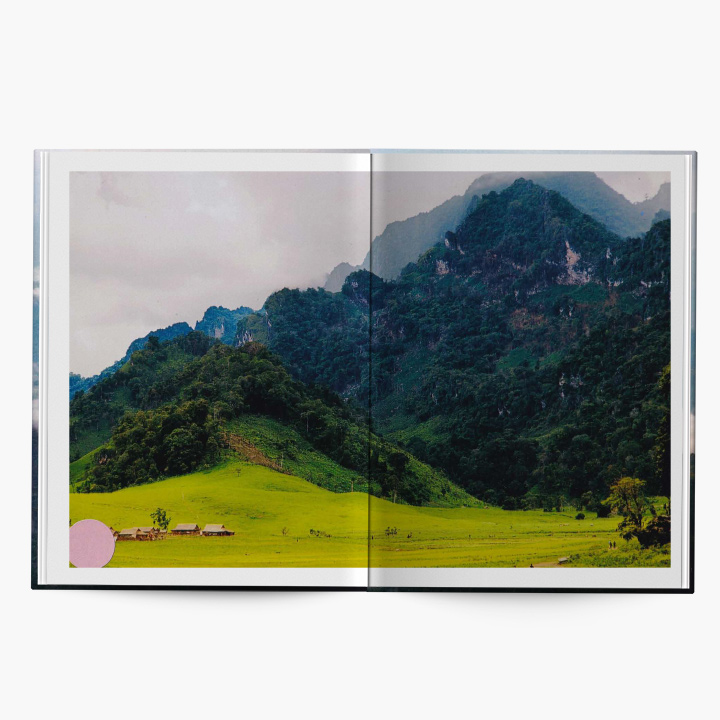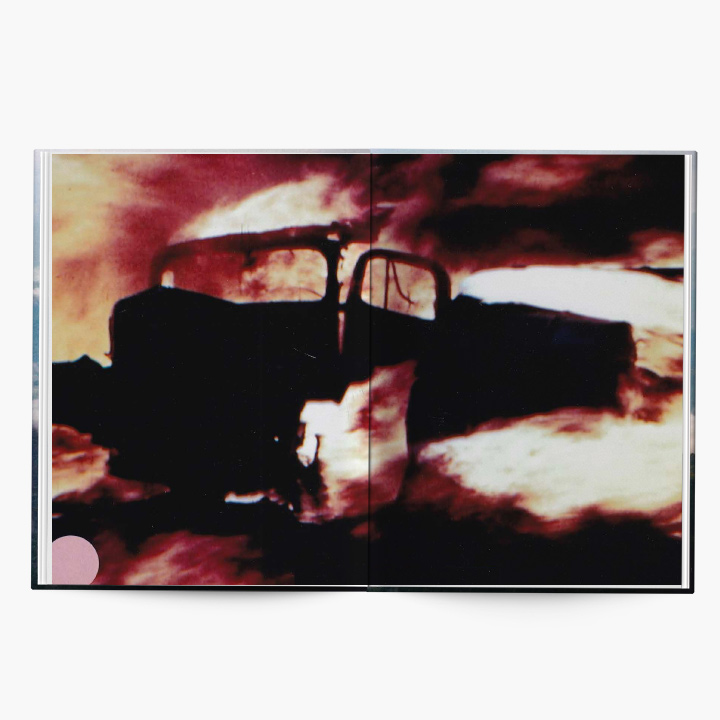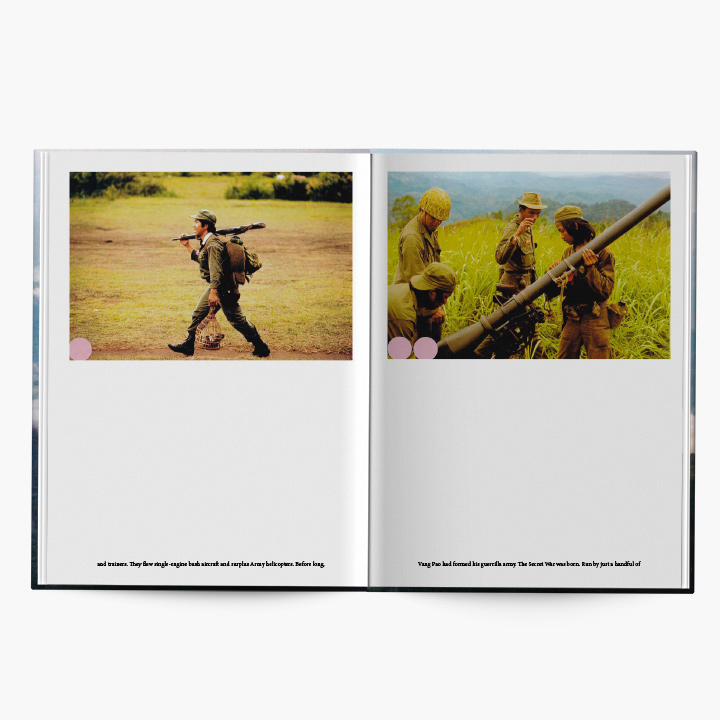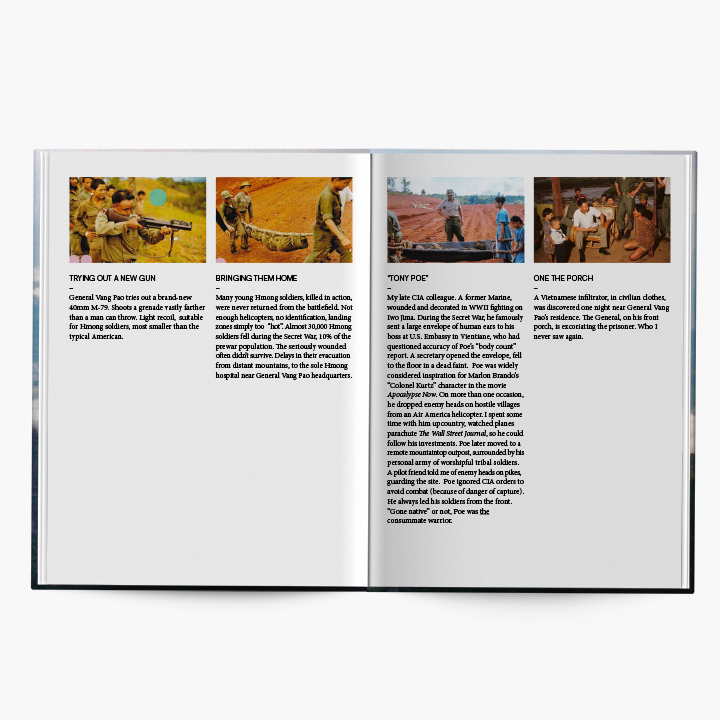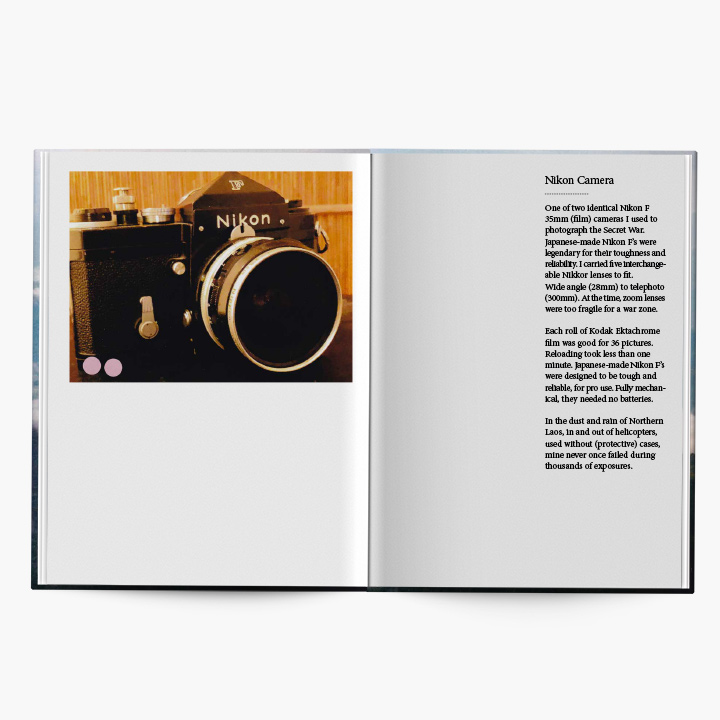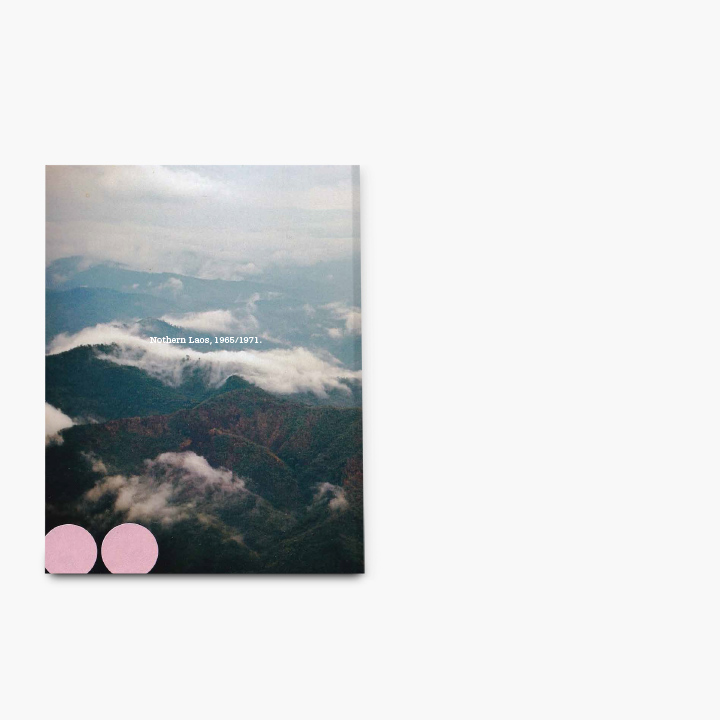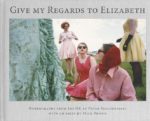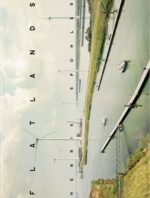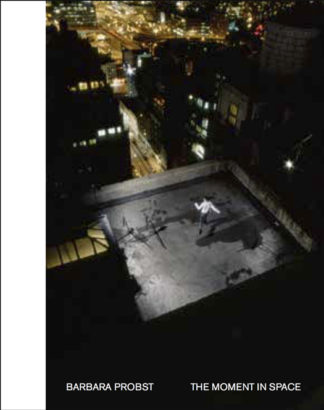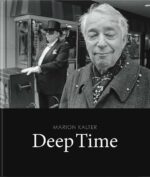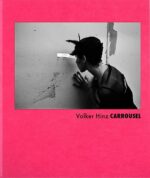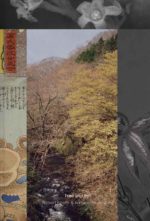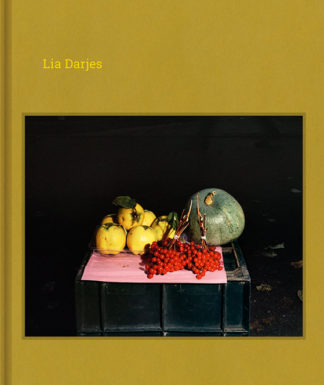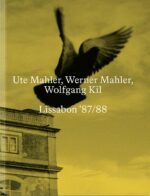Une armée de guérilla du peuple Hmong a combattu contre le Nord-vietnamien communiste-soutenu Pathet Lao. Alors que la guerre dans le Vietnam voisin était largement couverte par les médias, la guerre secrète était décidément pas. Des journalistes venus enquêter sur des rumeurs de guerre ont été refoulés sous la menace d’une arme, à une exception près. Un nouvel officier de la CIA, John Willheim, déjà un photographe accompli, a été choisi pour entrer et documenter la guerre secrète, sans aucune restriction.
Ses photographies et ses films étaient hautement classifiés à l’époque. Seuls les hauts responsables du renseignement américain, quelques membres du Congrès américain et le président Lyndon Johnson avaient accès aux documents de Willheim. Dans les décennies à venir, ils sont restés presque entièrement cachés. Loin de glorifier la guerre, les images frappantes et le texte informatif de ce livre peuvent être vus aujourd’hui, cinquante ans plus tard, comme un témoignage historique d’une époque presque perdue.
C’est le seul livre photo jamais publié sur la guerre secrète. Les images quotidiennes des gens, des villages et des paysages derrière les lignes de bataille contrastent brutalement avec la réalité de la guerre. Les sympathies de John Willheim étaient clairement alliées aux Hmong qui menaient cette guerre par procuration pour les États-Unis contre les communistes du Nord et l’ont finalement perdue. À la fin de la guerre, les Hmong qui n’ont pas fui le Laos ont été persécutés et continuent d’être persécutés par le gouvernement communiste actuel en tant que « guerriers oubliés des États-Unis ». Des dizaines de milliers de Hmong ont fui vers la Thaïlande voisine et ont ensuite émigré aux États-Unis, en France et en Allemagne. Willheim a remis ses photographies historiques, ses films et ses pensées au concepteur de livres photo néerlandais primé -SYB-, qui les a combinés en un livre de photographies documentaire fascinant, presque cinématographique ; avec un poème par Bryan Thao Worra, paroles d’une chanson de Leonard Cohen song, et une postface de General Stanley McChrystal.
“Only the dead have seen the end of war.” —George Santayana, Soliloquies in England and Later Soliloquies (1922), often wrongly attributed to Plato
A guerrilla army of Hmong people fought against the North Vietnamese communist-supported Pathet Lao. While the war in next-door Vietnam was widely covered by the media, the Secret War was decidedly not. Reporters who came to investigate rumors about a war were turned away at gunpoint—with one exception. A newly minted CIA officer, John Willheim, already an accomplished photographer, was chosen to enter and document the Secret War, without any restrictions. His photographs and films were highly classified at the time. Only top American intelligence officials, a few senior U.S. congressmen, and President Lyndon Johnson had access to Willheim’s material. In the decades to follow, they remained almost entirely hidden. Far from glorifying war, the striking images and informative text in this book can be seen today, fifty years later, as historic testimony of an almost lost era. This is the only photo book ever published on the Secret War. Everyday images of the people, villages, and landscapes behind the battlelines stand in brutal contrast to the reality of war. Willheim’s sympathies were clearly allied with the Hmong people who were fighting this proxy war for the United States against communists in the North and ultimately lost it. At war’s end, those Hmong who did not flee Laos were persecuted and continue to be by the current communist government as “America’s forgotten warriors.” Tens of thousands of Hmong fled to neighboring Thailand and later emigrated to the United States, France, and Germany. Willheim turned over his historic photographs, films, and thoughts to the award-winning Dutch photo book designer -SYB-, who combined them into a riveting, almost cinematic documentary photobook ; with a poem by Bryan Thao Worra, lyrics from a Leonard Cohen song, and an afterword by General Stanley McChrystal.

